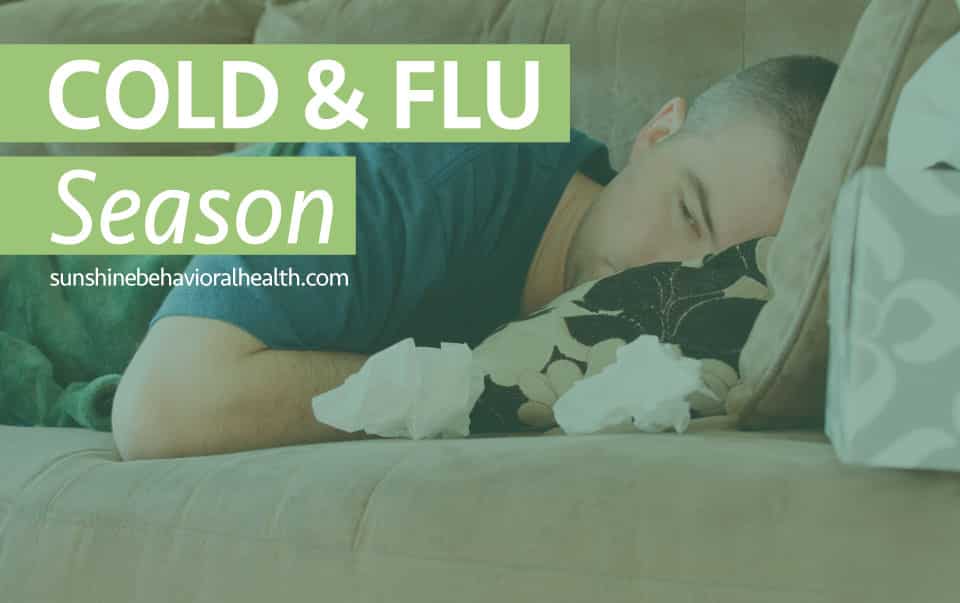
Cold and Flu Season: Take Only as Prescribed
The flu never rests. There are influenza viruses that circulate year-long in the United States, but there is a peak season. Typically cases rise in October, but the Centers for Disease Control and Prevention (CDC) has been keeping track for decades, and data shows February tends to be the big month for bugs. Out of 36 years of keeping track, February had the most flu cases for 15 of them, followed by December, with seven seasons, and then January and March, with six seasons apiece. In addition to flu, rhinoviruses — better known as the common cold — and other bugs tend to circulate each year too. This year, scientists are studying the progress of the 2019 novel coronavirus (2019-nCoV) suspected to originate in Wuhan, China, to determine exactly how it has spread. It’s thought to spread when people cough or sneeze, so covering mouths and mouths during coughing and sneezing spells, washing hands frequently, and wearing a face mask can all be helpful habits to adopt if you or anyone around you is showing signs of flu symptoms, which include:- Fever or feeling feverish/chills (not everyone comes down with a fever)
- Coughing
- Sore throat
- Runny or stuffy nose
- Body aches
- Headaches
- Tiredness
- Vomiting and diarrhea (more common in children)
- Dextromethorphan (DXM) is used as a cough suppressant in many over-the-counter (OTC) medications, but it works on the same brain receptors that hallucinogens do. Overdoing DXM can result in hallucinations, nausea, elevated blood pressure, or a lack of coordination. Too much can also make a person experience a weird feeling, like they are detached from their body.
- Promethazine-codeine is a prescription cough medicine that contains the opioid codeine. Opioids tend to suppress coughs, but take too much and heartbeat and breathing levels can slow to dangerous levels.
A Message From Our CEO
Medical disclaimer:
Sunshine Behavioral Health strives to help people who are facing substance abuse, addiction, mental health disorders, or a combination of these conditions. It does this by providing compassionate care and evidence-based content that addresses health, treatment, and recovery.
Licensed medical professionals review material we publish on our site. The material is not a substitute for qualified medical diagnoses, treatment, or advice. It should not be used to replace the suggestions of your personal physician or other health care professionals.





